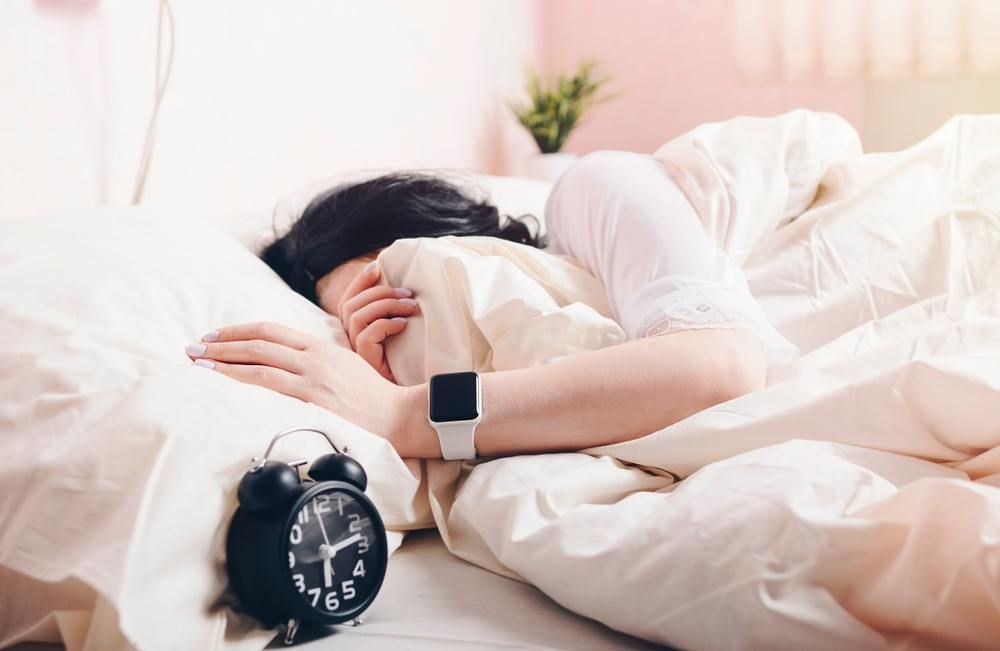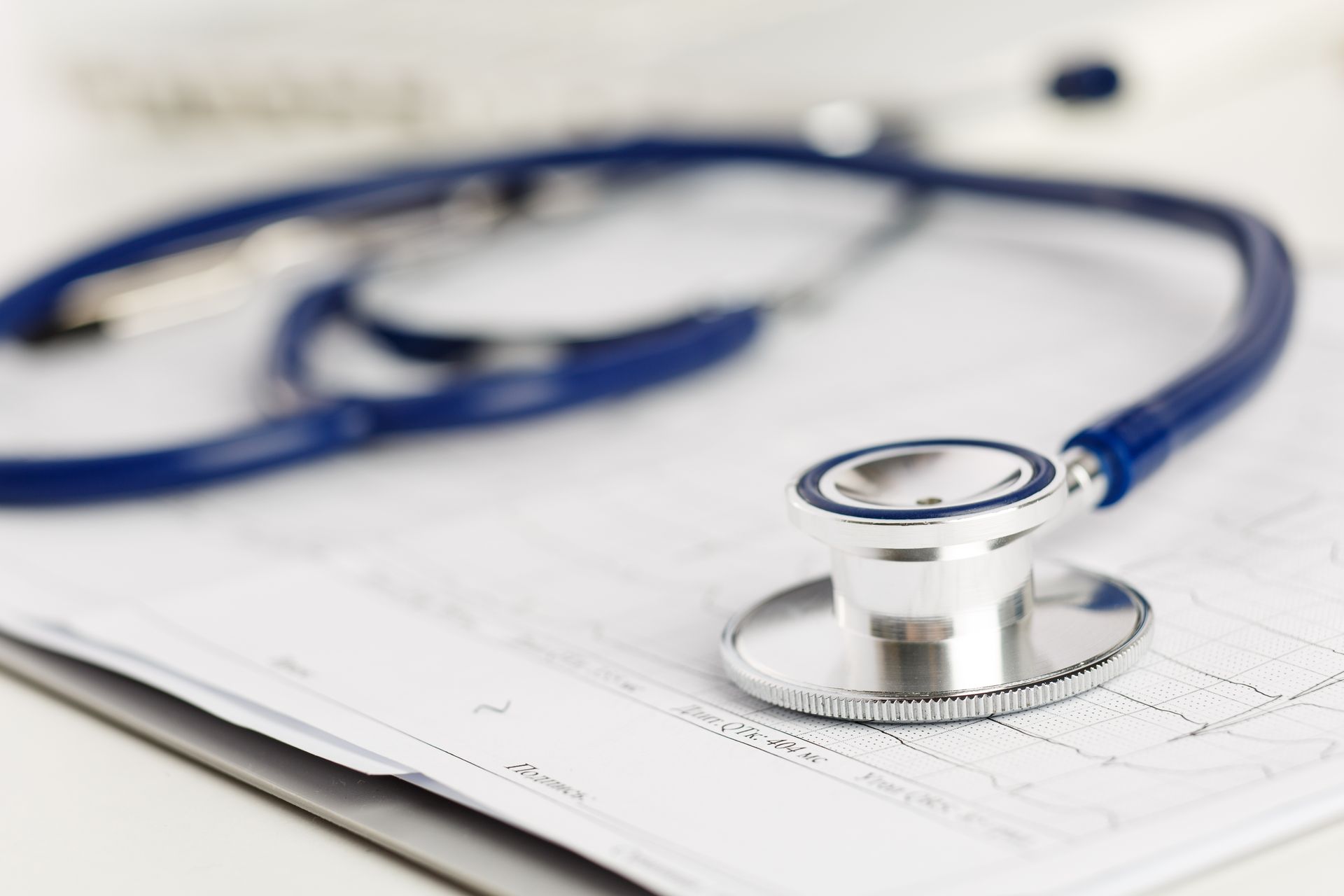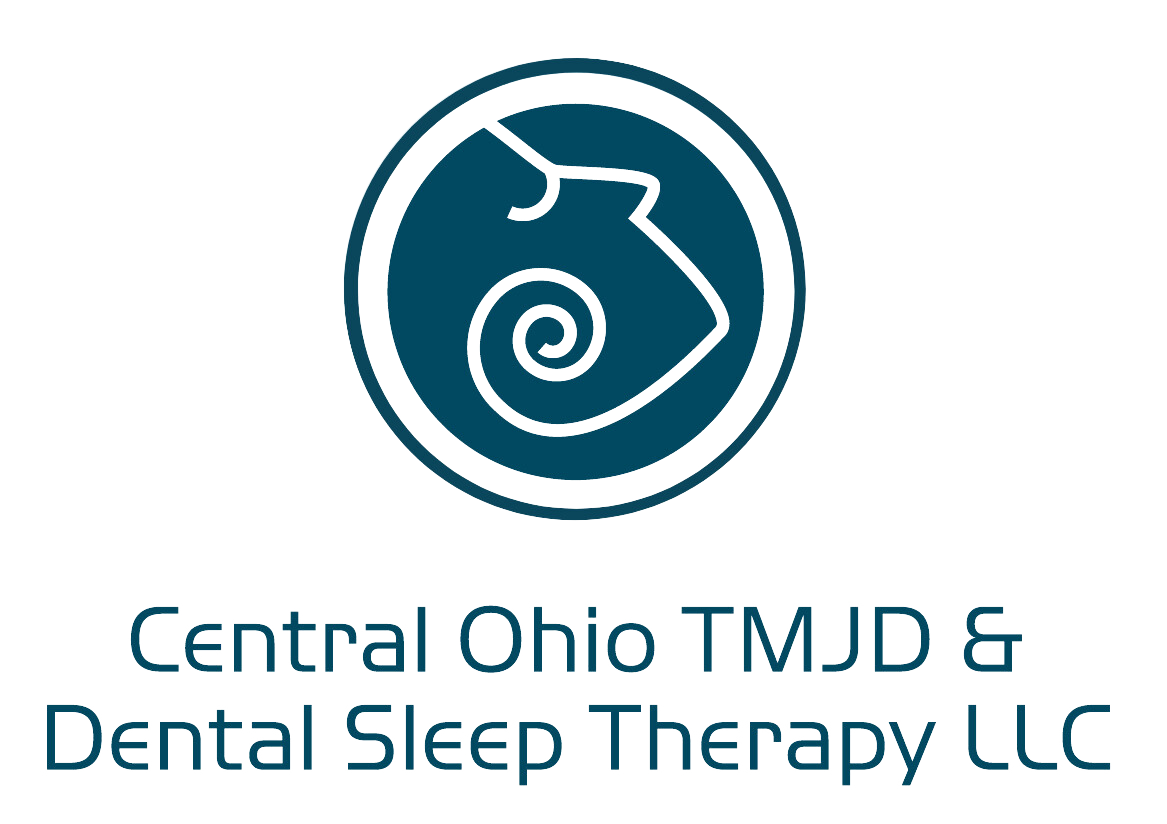Dr. Bez discusses dental sleep medicine with Columbus CEO
CAN’T SLEEP? CALL THE DENTIST!
By Kristin Campbell
From the June 2014 issue of Columbus CEO | Original article
Lack of sleep is an American way of life, and it’s far more harmful than many people realize. Poor sleep can result not only in reduced quality of life, but also in debilitating illness and even death. Chief among Americans’ sleep problems is obstructive sleep apnea, in which tissues relax enough to block the passage of air during sleep. Those who suffer with it may wake just slightly, hundreds of times in a night, therefore never reaching the deepest levels of sleep.
Dental sleep medicine is a rapidly growing field. More and more often, general dentists are undergoing special training and working in conjunction with neurologists and other specialists to improve lives through quality, restorative sleep.
THE PROBLEM
Dr. Michael Bezbatchenko of Central Ohio TMJD and Dental Sleep Therapy Center says obstructive sleep apnea runs rampant in the population, yet many people are completely unaware they have it. They just feel run down, sleepy and generally unwell.
“So many more people than you’d think use CPAP machines,” he says. “But still, about 18 million people are walking around not knowing they have this.”
The CPAP machine—providing continuous positive airway pressure—is the gold standard of sleep apnea treatment. But increasingly, people are turning to dental sleep medicine for an alternate solution—the oral appliance. A device that looks something like a football mouth guard is placed in the mouth during sleeping hours. It repositions the jaw just slightly, and therefore keeps the airway open.
The device fits snugly and is made of hard plastic that will last for five to six years, Bezbatchenko says.
Some people prefer the oral appliance because it is silent, easily portable, needs no power and doesn’t connect the user by hoses and wires to a base unit on the side table. Whatever the patients’ reasons, if it works for their level of apnea and they will actually use it, health professionals are in favor. “This is just another arrow in your quiver for people who aren’t compliant,” Bezbatchenko says.
When left untreated, he says, people with sleep apnea are eight times more likely to have a stroke and five times more likely to suffer a heart attack than a person without apnea. “Depression, heart problems and even erectile dysfunction can be linked to this,” he says.
A NEW SOLUTION
Sleep apnea is an age-old disease, and may even have been referenced in Charles Dickens’ The Pickwick Papers, Bezbatchenko says. The book, published in 1836, featured a character with all the classic symptoms of sleep apnea. He was “a wonderfully fat boy” with a red face who was alternately very hungry or sleepy during his daytime errands, and for a long time afterward, the condition was known as Pickwickian Syndrome.
Although doctors have been aware of apnea for centuries, the treatment wasn’t much better than the problem until recent decades. Up through the 1950s, doctors still treated apnea by cutting a hole in the trachea and inserting a breathing tube, Bezbatchenko says. It wasn’t until 1980 that an Australian doctor made the first incarnation of a CPAP machine using a vacuum cleaner with a mask attachment.
Today, diagnosis and treatment are vastly improved, and dental sleep medicine is becoming more prevalent all the time. Several years ago, insurance companies declared that for mild to moderate sleep apnea, oral appliances were the preferred first line of treatment, Bezbatchenko says. “That may be the reason we’re seeing more of this in our offices,” he says.
Dr. James Metz is one of the pioneers of dental sleep medicine in Ohio. He sits on the board of The Ohio Sleep Society, and aside from his large general dentistry practice, he works with patients around the country to improve their sleep with oral appliances. There are around 100 different designs, and the devices keep improving.
“We want the thinnest device available, which is especially important for women,” Metz says. “Women have the highest failure rate with the oral appliance because the inside of their mouth is smaller. If the appliance is thinner, you don’t have to move the jaw forward as far.”
Devices to treat sleep apnea, whether CPAP masks or oral appliances, can have a slight orthodontic effect on the teeth. But that is far down the list of concerns. “People feel so much better, they just don’t care,” Metz says.
Among Metz’s most satisfied clients are athletes, who are using the appliances not only during sleep, but also while competing and working out.
“With an oral appliance, athletes can sleep better, perform better and recover better because their bodies don’t break down as much,” Metz says.
Olympic swimmer and world-record holder Markus Rogan lives in Los Angeles, competes for his homeland of Austria and uses Metz’s appliances. “He says it helped him beat Michael Phelps,” Metz says. Because Rogan is so enamored of the work Metz does, he flew in from California in April to speak at a Columbus conference of 100 dental sleep medicine practitioners from around the world and discussed how dentists can use their skills to serve the athletic community through dental sleep medicine.
Metz has made the daytime appliance, which Rogan has dubbed Lion Breathers, for baseball players, water polo teams and runners. “In Washington state, there’s a cross country runner who won a title wearing the appliance, and she just couldn’t run the same time without it,” Metz says. High school, collegiate and professional athletes are joining the trend. They are also helping Metz and his team to refine the device and build the scientific evidence behind it.
“We know the device improves performance because it increases blood oxygen levels,” he says. “These athletes know their bodies so well, we’re getting great data back from them.” The athletes are using several styles of the device and wearing medical-grade blood oxygen meters. “Whichever one improves performance the most, that’s the one they use,” he says.
The science being developed through these observations will not only improve performance for athletes, but could improve quality of life and prevent tragedy that was not preventable in previous generations of American heroes. Jackie Robinson, who broke many records in both collegiate and professional athletics and also impacted business and race relations, died at age 52 from hypertension and Type II diabetes. “Both of those absolutely go with sleep apnea, and men under 50 who die in their sleep almost always have sleep apnea,” Metz says. “I think Jackie Robinson had sleep apnea. It just stands to reason.”
It’s not conjecture that better sleep improves overall health and saves lives. A study of students in the OSU dental program – a high stress field of study – compared the rate of healing during finals week and during the summer break. During times of less stress and better sleep, skin healed 40 percent faster, Metz says.
“Disturbed sleep also causes tumors to grow more rapidly,” Metz says. While sleep hasn’t been directly linked to the initial appearance of cancer, it is connected to the rate at which it spreads.
The snoring that often comes along with apnea can lead to stroke, which can involve paralysis and death. “It vibrates the carotid artery just enough that plaques can form,” Metz says. Following the onset of treatment, things just keep getting better. Daytime sleepiness lessens, blood pressure goes down and life expectancy increases.
“If your breathing is interrupted less than five times per hour, that’s considered normal, and your chances of living another 18 years is 96 percent,” Metz says. “If your breathing is interrupted 30 times in an hour, your chances of living another 18 years are only 30 percent.”
LOOKING BETTER, FEELING BETTER
So many threads are intertwined when it comes to our health. Metz says traditional dentistry and dental sleep medicine are interdependent. “I don’t feel like I can do one without the other,” he says. Many people who have apnea suffer from reflux, and excess acid wears down the teeth. A dentist may spot such a symptom and refer a patient to a sleep doctor. In that way, a simple, semiannual cleaning can change a life.
Dental health is also related to healthy body weight. When the body is continually awakened, the glands release adrenaline, the chemical responsible for humans’ fight-or-flight response. Adrenaline triggers what Metz calls the stress axis, which cranks up production of cortisol – a hormone that causes the body to shut down the libido and to store fat. At the same time, glucose is being dumped into the bloodstream, and as this happens again and again, diabetes and high blood pressure can develop. And all the while, as we sleep poorly over the years, we’re getting more fat and less fit.
“The growth of obesity in the U.S. is just incredible,” Metz says. “It goes beyond belief.” But surplus weight and all the diseases that go along with it can be remedied dramatically by sleep medicine. “You can expect to lose 10 to 35 pounds in the first year,” he says.
Diagnosis takes a team effort that may involve a dentist to notice early warning signs, a sleep medicine doctor to administer a thorough overnight sleep analysis, and an ear, nose and throat doctor to possibly remove any obstructions or growths that may be impeding the airway. But the first step is the patient getting regular checkups so the problem can be spotted.
“A patient may have an enlarged tongue or wear on the teeth, and we may see that 20 years before they would go to a physician with a complaint,” Bezbatchenko says.
The key to finding proper treatment may lie in finding a dentist who is properly trained. “This is stuff the dental schools don’t have time to teach,” Bezbatchenko says. “There is only so much time to cover the basics, and there has been an explosion of knowledge, so we’re having to pick these things up in continuing education courses.” Dentists trained under the guidance of dental sleep medicine associations will know not only how to craft an appliance, but how to assess the results of the treatment and conduct proper follow up.
“In Ohio, we have to have 40 hours of education every two years,” Bezbatchenko says. “It could be any kind of class, but I’m choosing this. If I’m going to be practicing dental sleep medicine, I want to do the very best for my patients.”
Kristin Campbell is a freelance writer.










